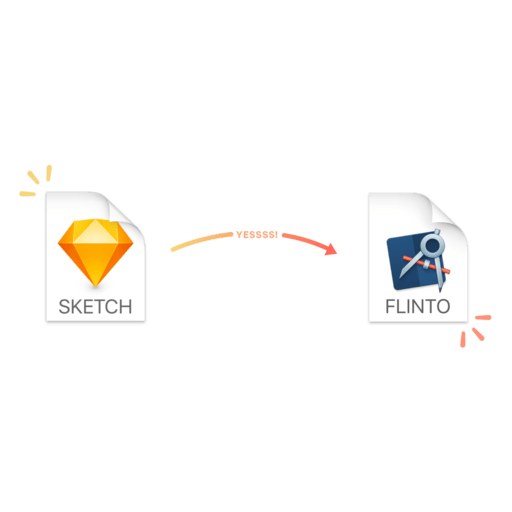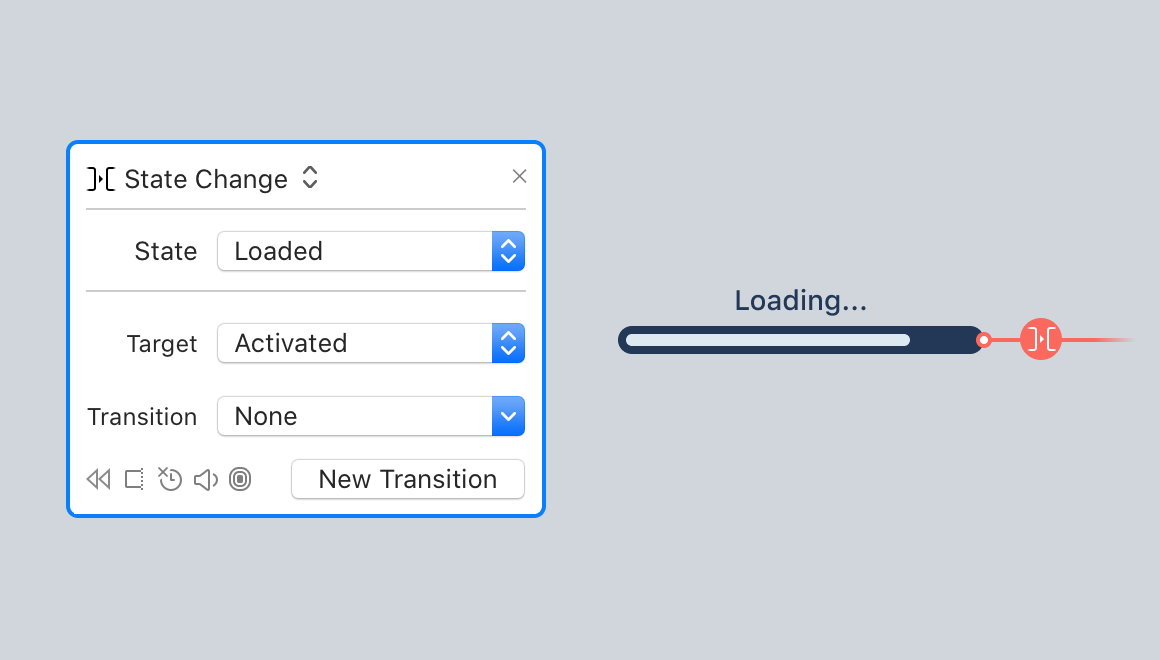
Why would designing an app be any different? If you want to be successful, you should test the waters with your app before you make it live. Remember the last time you tried something new? Chances are it took you at least two tries to get it right.
#Flinto to ios code#
It generates only Swift code for iOS apps at present but has a flexible generation system that's template driven.App prototyping is a proven technique that ArcTouch uses during our design process to help make lovable apps.

Flow takes two Sketch artboards and generates the animation between them automatically, then lets you fiddle with it.

#Flinto to ios full#
Supernova Studio requires you start in Sketch and their one weak point at this time is re-importing a single screen loses some details, but it's a team that moves very fast so any criticism you read needs to be current.Īfter importing static screens from Sketch you then set properties, add animation, prototyping links between pages and generate full working native code or React Native apps.īecause it's constraining your work to the needs of the code generator, it's like having a developer by your side continuously.

Obviously, a skilled dev team can build anything but the budget often doesn't allow for it. I have long despaired about how the tooling world was ever-focused on products which only got as far as generating image assets and sometimes videos for hand-over but had no brakes to bring them back to reality. (I also have a long pedigree in code-gen having worked on the two dominant products in Classic MacOS days). Jan, I come from a developer perspective (35 years) and I'm crazy in love with Supernova Studio because it backs up what you do in design with full code generation. I've even created quick prototypes with vanilla HTML, CSS and JS. I can't imagine (nor would I recommend) doing an entire application flow in those tools, and would never attempt to do that.įigma clickthroughs have been mainly what we use now, and jump into Principle (as of late) for micro-interactions, and to demonstrate to the development team how we want something to function. but instead use them to show complex visual behaviors that provide callouts, direct the user, and enhance the overall experience. I'd also wager most of us (myself included) don't do an entire prototype flow within Flinto, ProtoPie, Principle, etc. We do occasionally make those rare rapid changes before implementation (even scrapping entire flows), but more often we have simpler clickthrough prototypes, and white-boarding sessions that decide flows before we ever get to adding the micro-interactions that Flinto, etc are intended to provide. You can add another view into the flow, or alter as needed, updating the few behaviors that need changes. Just because a flow changes doesn't mean the entire interaction design isn't broken.

I understand what you are saying, and I promise you that most of us work in Sprints, and "Agile" environments with living products.


 0 kommentar(er)
0 kommentar(er)
